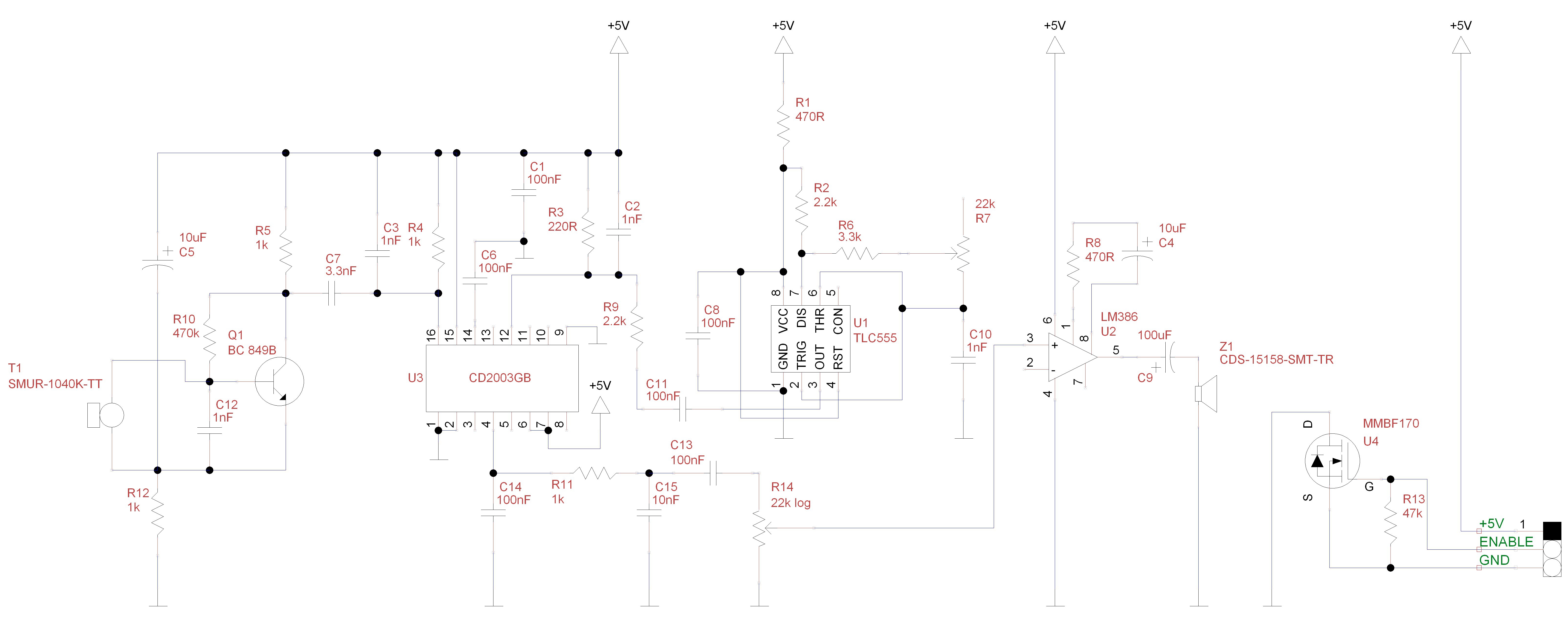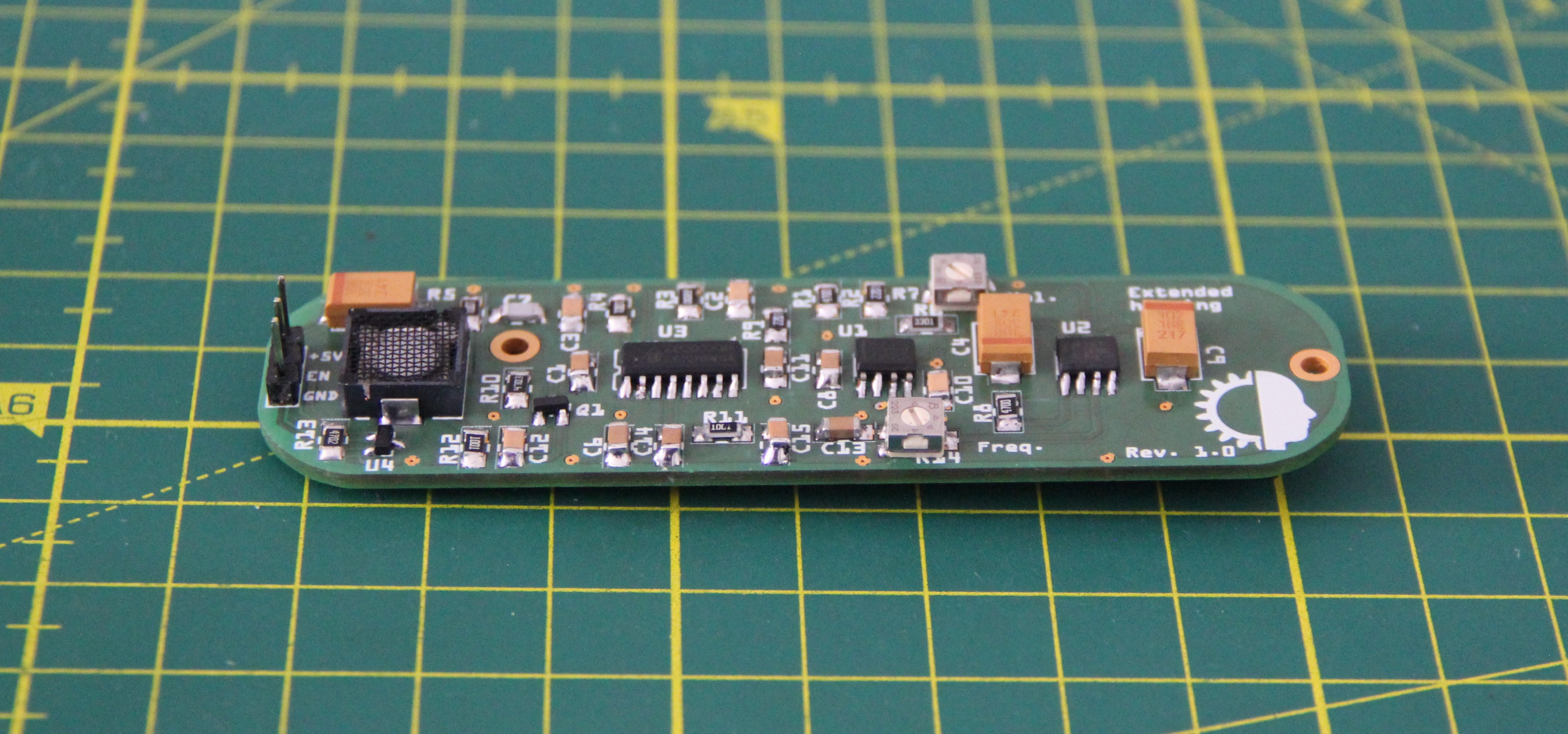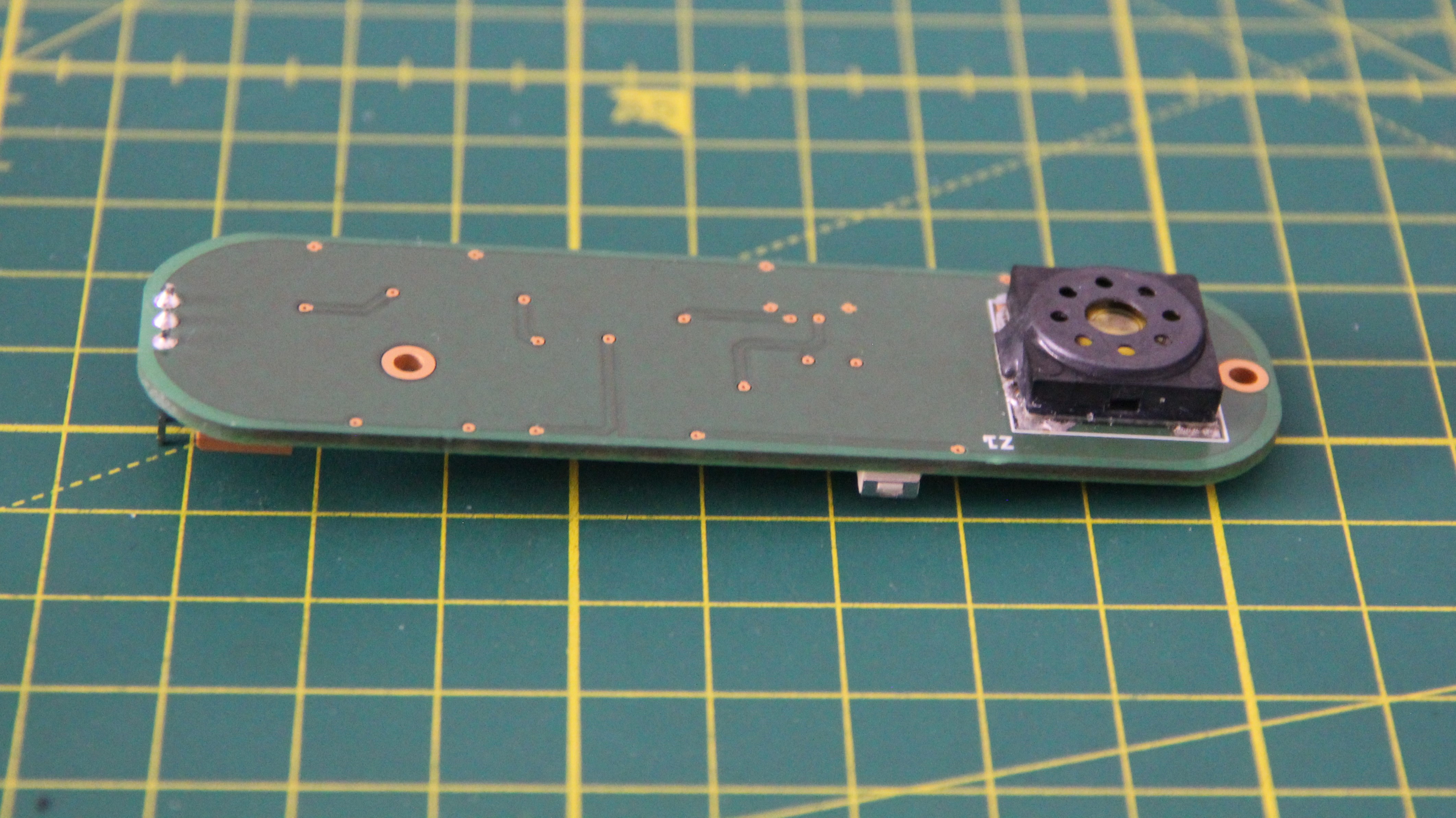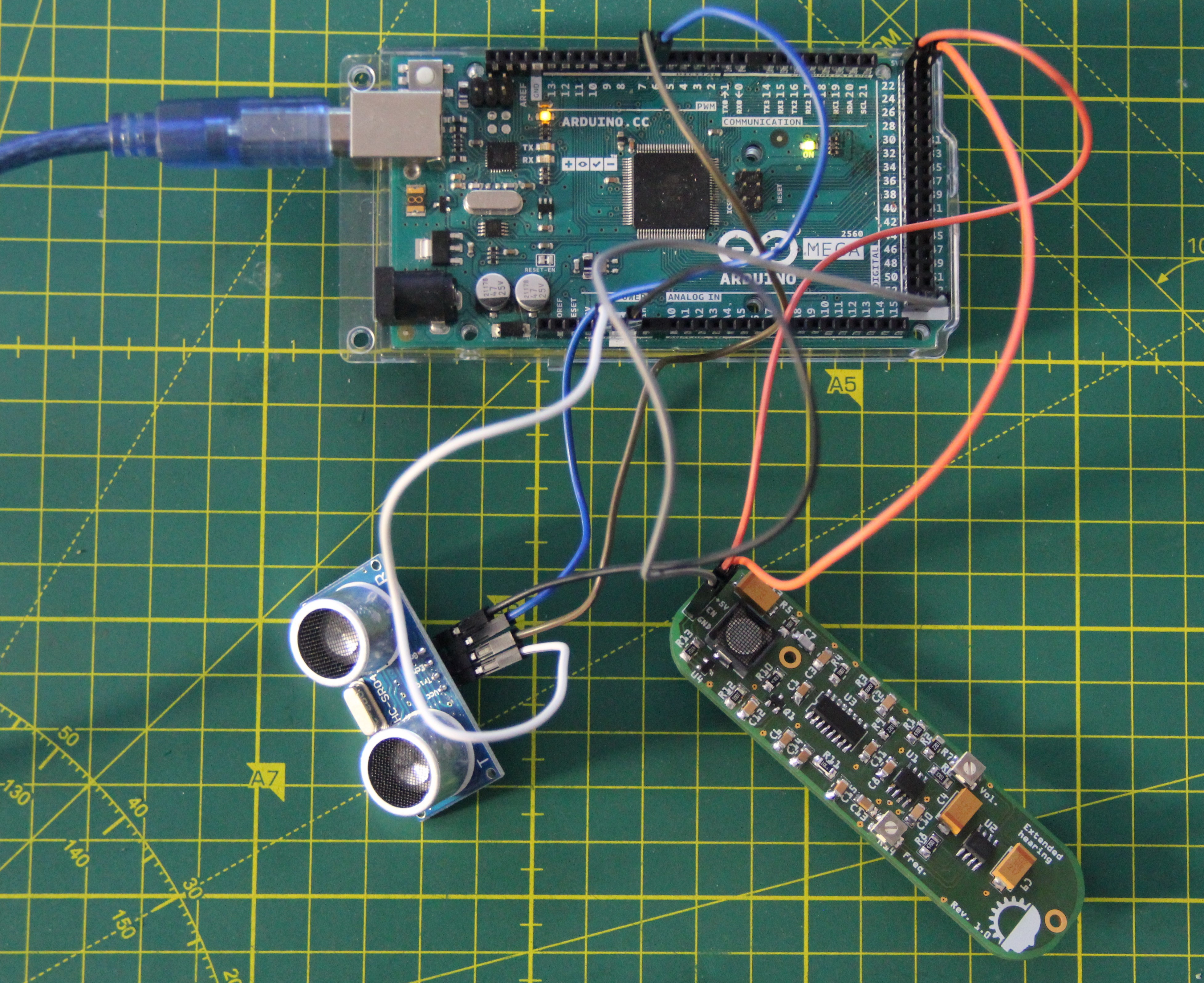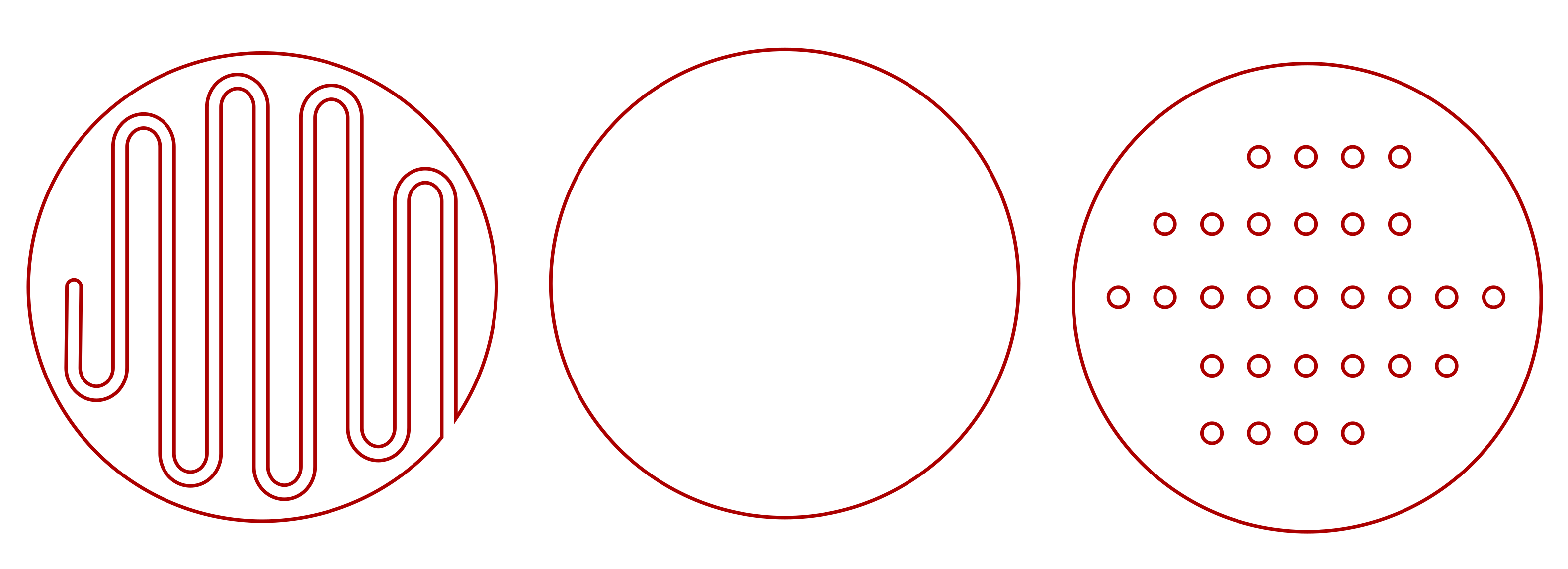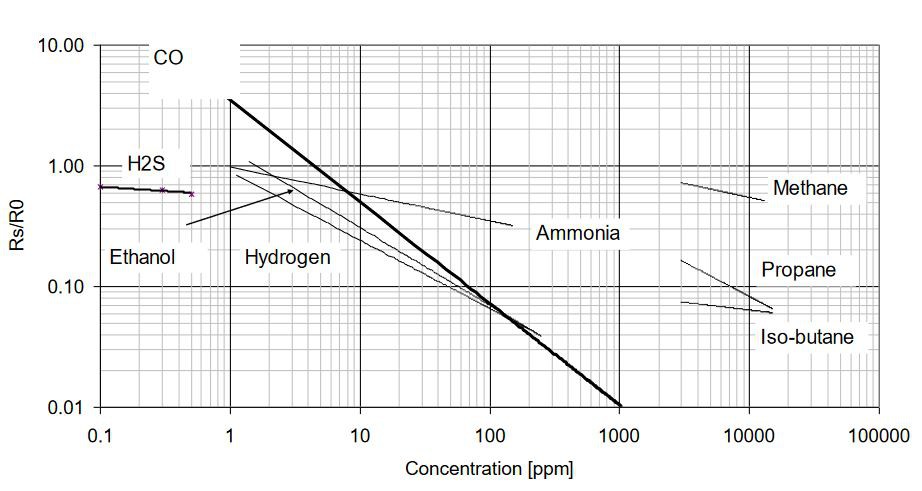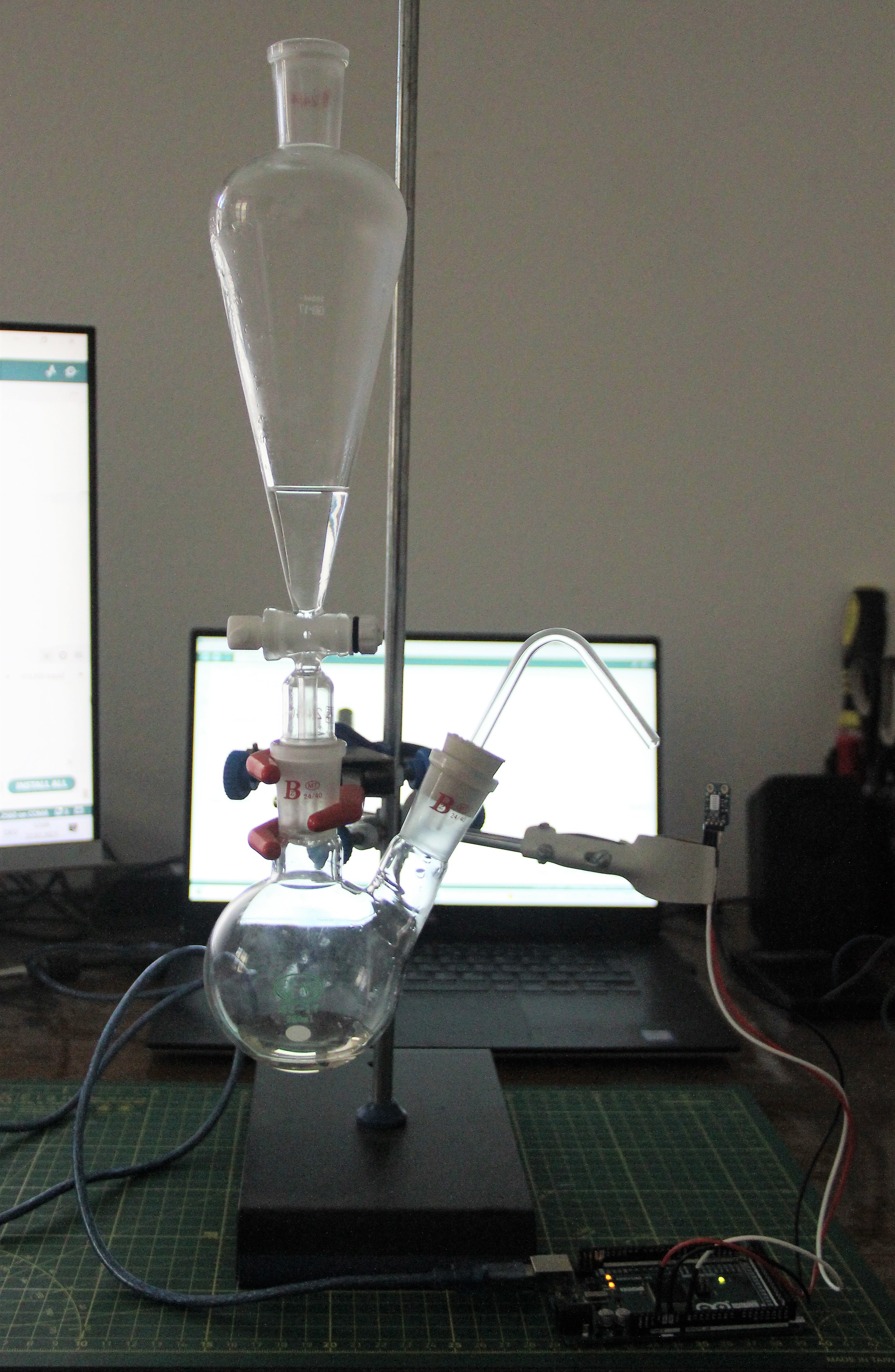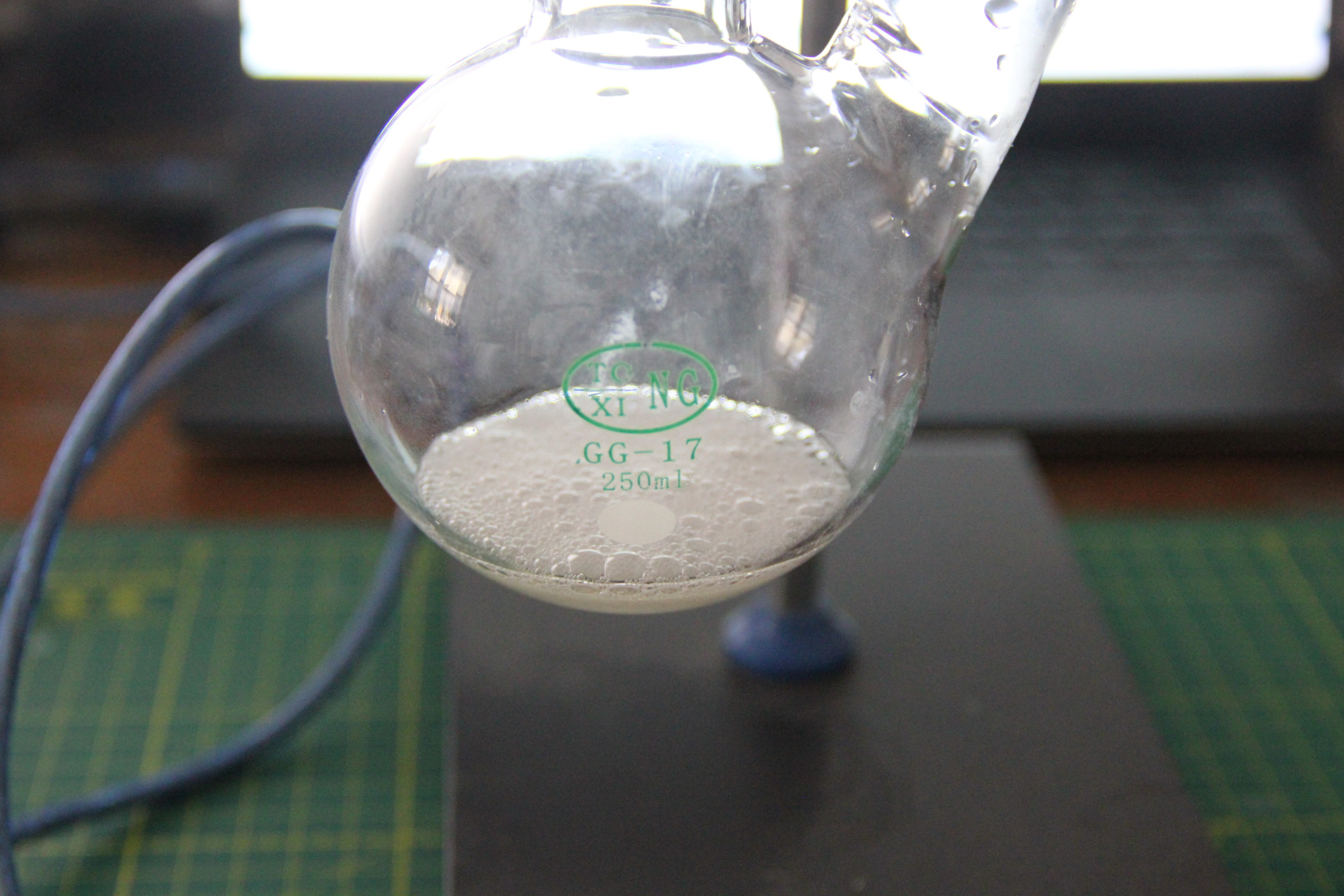-
Extended hearing
05/17/2023 at 14:59 • 0 commentsHumans can only perceive sound in a frequency range of 16 Hz to 20,000 Hz with pressure fluctuations of 0.00002 Pa to 20 Pa. This range is referred to as the human hearing range. The following circuit can be used to make ultrasound audible to humans. The following circuit can be used to make ultrasound audible to humans. The circuit was developed by Burkhard Kainka. I have only modified it a little bit. So I use only one supply voltage and added a MOSFET switch so that you can enable and disable the circuit. It is basically a bat detector with an AM/FM radio chip (CD2003) in its core.
![]()
The PCB is completely designed with SMD components.
The speaker will later sit directly on the ear.
Of course, you can also use it to make the emitted ultrasonic waves of the HC-SR04 ultrasonic sensor audible. They are heard as a loud, knocking noise.
-
Microfluid pad
05/14/2023 at 08:29 • 0 commentsThe microfluid pad is used to distribute neurotransmitters, stimulants, medicine, etc. dissolved in a carrier substance (penetration enhancer) on the skin. While in the first prototype, I cast an ABS filament structure in silicone and then dissolved it with acetone to make a microfluid pad, I now want to try another option. For this, three 1mm thick clear acrylic glass sheets are cut out with the laser and glued together in sandwich construction. To do this, I have drawn the three sheets in Inkscape.
![]()
-
Gas sensor
05/12/2023 at 11:36 • 0 commentsI plan to use the MiCS5524 gas sensor, mainly because it is sensitive to carbon monoxide. Carbon monoxide is a highly toxic, colorless, odorless, and tasteless gas. The gas sensor can also detect other gases, but except for hydrogen, our sense of smell can detect and assign them with the exception of methane, propane, and iso-butane, which smell very similar. Here is an excerpt from the data sheet showing the resistance Rs as a function of the concentration of the various gases:
In the laboratory, a steady stream of carbon monoxide can be produced by dropping formic acid into warm, concentrated sulfuric or phosphoric acid:
That will help us to calibrate the sensor. In fact, we need a second point to calculate the straight-line equation. The sensor must be aged for 24 hours before any characterization or calibration. That is, it must run in clear air for 24 hours.
The two-point form of the linear equation is given by:
y is thereby the analogRead() value and x is the concentration. To calculate the concentration, we need to solve the linear equation for x:
The experimental setup for calibration was as follows. I used 96% sulfuric acid and 70% formic acid. As soon as the formic acid comes into contact with the sulfuric acid, carbon monoxide is produced:
![]()
The highest analogRead() value I obtained was 1005 in the carbon monoxide stream. In clean air, the analogRead() value is about 25. If we assume that an analogRead() value of 25 corresponds to 1ppm and an analogRead() value of 1005 corresponds to 1000ppm, we can plug the numbers into the straight line equation and get:
Of course, the whole thing is not particularly accurate, but I'll settle for it for now.
Enhancer mask lite
The mask of the future that turns anyone who wears it into a cyborg.
 M. Bindhammer
M. Bindhammer